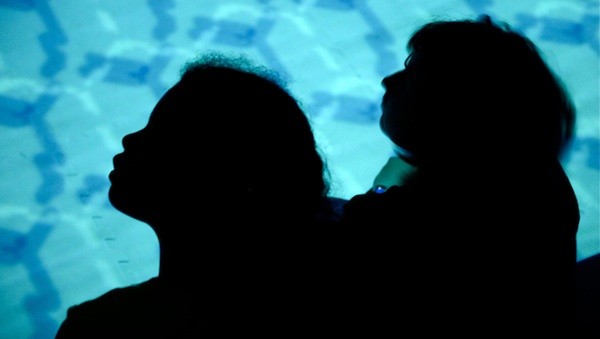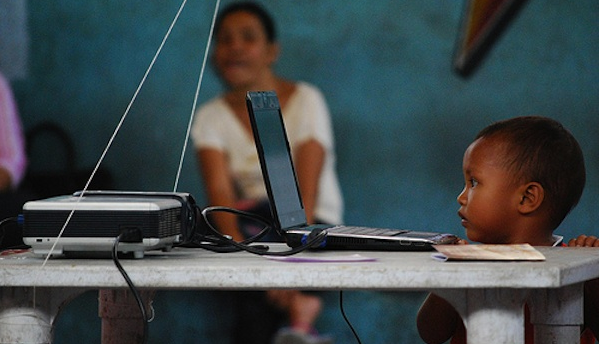dmlcentral.net
Learning, Playing, Designing: Video Games in School
Most education has been fashioned around the reasonable-sounding objective of equipping students with tools to solve problems. This is one facet of what some educators call the "eat your broccoli" approach to education -- “Sit still and learn this; it will come in handy later," parents and teachers repeat to their children and students. Unfortunately, it turns out that too many students resist sitting still and learning things that have no immediate use to them, but which adults insist are necessary. What would happen if you inverted that strategy? What would happen if you presented students with problems that they are particularly interested in solving right now, but which require them to learn about tools that will also be useful to them in other ways later? Game designer and professor Katie Salen would say that what I'm describing is the motivation that drives so many young people to spend many hours playing video games. As she said to me in a recent video interview, "Games do really really well because they create a need to know in kids. In a game you have to learn to do something because you've been presented with a complex problem you don't know how to solve."… more
Social Justice and Diverse Cultures of Participation
Many educators are excited by the new opportunities and challenges for learning that digital media brings us. Stories about 11-year-old Kai, a learner at Quest to Learn school in New York, paint a picture of a young person for whom digital media are an integral constituent of his learning at school and at home, his social life and his hobbies and interests. This picture of the digital native (pdf) – a young person who has grown up surrounded by digital media and is expert in its use – is a familiar concept in the field of digital media and learning. We are exhorted to update our teaching methods, tools and institutions to keep up with young people’s use of digital media outside school. But not all young people have the access to technology, the skills to use it, or the supportive network of peers and family enjoyed by Kai. Not all young people see digital media as offering them experiences that are personally meaningful and valuable. When we talk about digital media and learning, we need to always ask questions about who is taking up these opportunities and who is not. Questions of access, social justice and equality need to be placed at the heart of the debate.… more
Shelly Terrell: Global Netweaver, Curator, PLN Builder
When I started using social media in the classroom, I looked for and began to learn from more experienced educators. First, I read and then tried to comment usefully on their blog posts and tweets. When I began to understand who knew what in the world of social media in education, I narrowed my focus to the most knowledgeable and adventurous among them. I paid attention to the people the savviest social media educators paid attention to. I added and subtracted voices from my attention network, listened and followed, then commented and opened conversations. When I found something I thought would interest the friends and strangers I was learning from, I passed along my own learning through my blogs and Twitterstream. I asked questions, asked for help, and eventually started providing answers and assistance to those who seemed to know less than I. The teachers I had been learning from had a name for what I was doing -- "growing a personal learning network." So I started looking for and learning from people who talked about HOW to grow a "PLN" as the enthusiasts called them. Learning innovator Will Richardson led me to Shelly Terrell, who genuinely lives out her "collaborate for change" maxim.… more


